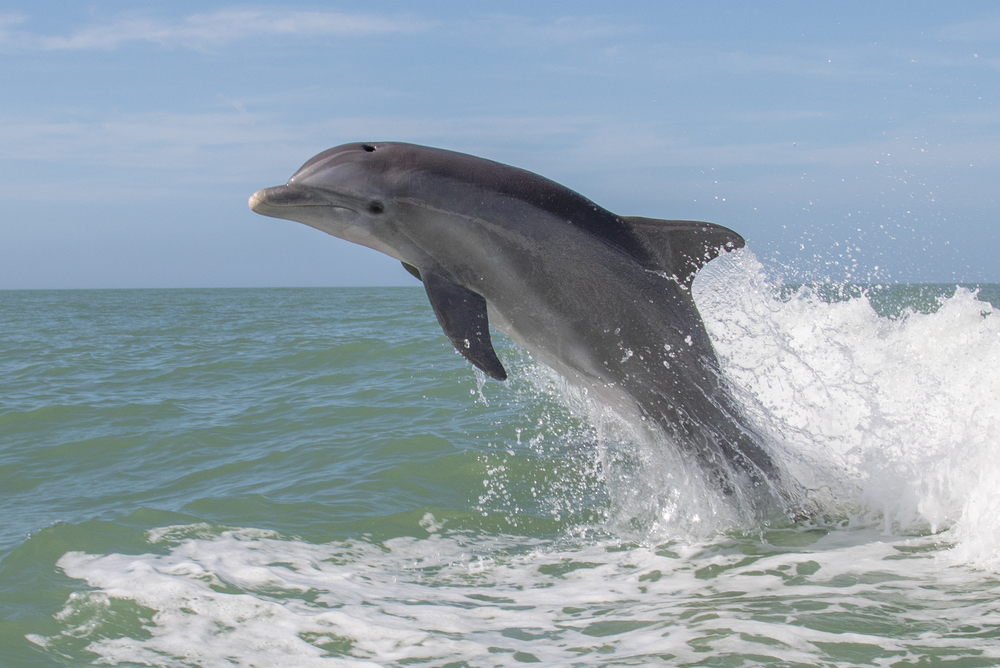FOR IMMEDIATE RELEASE
ACS News Service Weekly PressPac: September 28, 2016
Former pesticide ingredient found in dolphins, birds and fish
"Perfluoroalkylphosphinic acids in northern pike (Esox lucius), double-crested cormorants (Phalacrocorax auritus), and bottlenose dolphins (Tursiops truncatus) in relation to other perfluoroalkyl acids"
Environmental Science & Technology
A family of common industrial compounds called perfluoroalkyl substances, which are best known for making carpets stain resistant and cookware non-stick, has been under scrutiny for potentially causing health problems. Focusing on one of the family’s sub-groups, scientists report for the first time that some dolphins, fish and birds have perfluoroalkyl phosphinic acids (PFPIAs) in their blood. The work appears in the ACS journal Environmental Science & Technology.
Studies on PFPIAs have been limited, but some have detected the compounds in human blood samples. The substances also stick around in the environment for a long time, which makes them likely to be inhaled or ingested by people and animals. This particular subgroup of perfluoralkyl substances was once used in pesticides and continues to be used in other industrial applications such as carpet cleaning.
To find out more about PFPIAs, Amila O. De Silva and colleagues analyzed blood samples from northern pike near the Island of Montreal, cormorants from the Great Lakes and bottlenose dolphins from Sarasota Bay, Florida, and Charleston, South Carolina. Although the concentrations were low, the survey detected PFPIAs in 100 percent of the samples. The researchers say this ubiquity underscores the need for further studying the potential effects of these substances.
The authors acknowledge funding from Canada’s Chemicals Management Plan.


